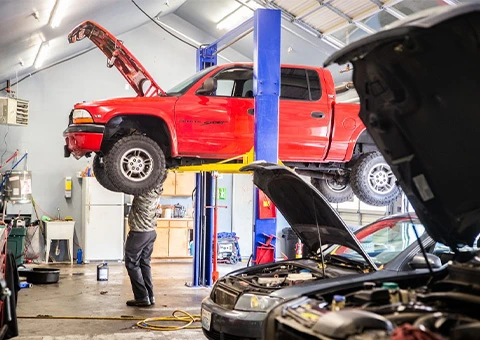bridge and gantry crane
Understanding Bridge and Gantry Cranes An Essential Asset in Heavy Lifting
In the realm of heavy lifting and material handling, bridge and gantry cranes play a pivotal role in enhancing operational efficiency across various industries. These machines have become indispensable in construction sites, manufacturing facilities, shipping yards, and warehouses, providing robust solutions for moving heavy loads with precision and ease.
The Mechanism of Bridge Cranes
Bridge cranes, often used in industrial environments, consist of a horizontal bridge supported by two or more vertical legs. This design allows the crane to traverse the length of a facility's structure, enabling it to lift and transport materials across large spans. The key components of a bridge crane include
1. Bridge Girder The main horizontal beam that supports the hoist and load. 2. End Trucks Located at either end of the bridge girder, these trucks house the wheels and facilitate movement along the rails. 3. Hoist This mechanism lifts and lowers the load. It is often equipped with various attachments to handle different types of materials. 4. Control Systems Operators manage the crane’s movements through remote controls or cab controls, providing both safety and efficiency.
Bridge cranes are ideally suited for indoor operations, with the ability to maneuver heavy loads without significant obstruction, making them favorites in manufacturing and large warehouses. Their design allows for high lifting capacities, often exceeding several tons, which is essential in industries dealing with heavy machinery and components.
Exploring Gantry Cranes
Gantry cranes share some similarities with bridge cranes but are uniquely distinguished by their support structure. A gantry crane typically features a frame that comprises two vertical legs that move along tracks or wheels. This type of crane can be mobile or stationary and is often utilized in environments where overhead clearance is limited.
Key components of gantry cranes include
bridge and gantry crane

1. Vertical Legs These support the horizontal beam and can be adjusted in height to accommodate various load sizes. 2. Cross Beam A horizontal beam that allows the hoisting mechanism to move side to side, providing lateral mobility. 3. Hoist Similarly to bridge cranes, gantry cranes are equipped with hoisting systems to lift and lower loads effectively. 4. Wheels or Tracks This feature allows the crane to be moved to different locations, making gantry cranes particularly useful for outdoor operations.
Gantry cranes are frequently found in shipyards, industrial sites, and construction areas, where their ability to traverse uneven terrain or adapt to various operational settings is beneficial. Their design also allows for diverse configurations, catering to specific project needs, and they can be employed for both heavy lifting and precise placement tasks.
Applications and Benefits
Both bridge and gantry cranes contribute to increased productivity and safety in working environments. They reduce dependency on manual labor and minimize the risk of accidents associated with lifting heavy items. Their precise control systems ensure that loads are lifted and positioned accurately, which is crucial in industries dealing with fragile or expensive materials.
Moreover, these cranes can help optimize space. In warehouses, bridge cranes can operate high above, freeing up floor space for other activities. Gantry cranes can easily be relocated based on the demands of ongoing projects, providing flexibility in operational layouts.
Conclusion
The development of bridge and gantry cranes has significantly transformed the landscape of material handling and heavy lifting. Their robust structure and versatile functionalities make them essential equipment in construction, manufacturing, and shipping industries. As technology advances, we can expect further enhancements in crane design and control systems, which will improve efficiency and safety, keeping pace with the ever-evolving demands of modern industries.
Investing in the right type of crane—be it a bridge or gantry design—can make a substantial difference in operational capabilities. Businesses looking to enhance their lifting operations must carefully consider their specific needs, workspace, and load types to select the optimal crane solution that will ensure productivity and safety in their operations.
-
Unlock Seamless Relocation with Our Heavy Equipment Moving ExpertiseNewsJun.06,2025
-
Unleash Unrivaled Flexibility with Our Adjustable Gantry CraneNewsJun.06,2025
-
Unleash Heavy-Duty Efficiency with Our Industrial Gantry Crane SolutionsNewsJun.06,2025
-
Revolutionize Steel Handling with Our Magnetic Lifter RangeNewsJun.06,2025
-
Master Equipment Mobility with Premium Machinery Mover SolutionsNewsJun.06,2025
-
Elevate Your Material Handling with Magnetic Lifter TechnologyNewsJun.06,2025
-
YS Permanent Lifting Magnets: The Smarter Way to Handle SteelNewsMay.22,2025
